Abandoned spaces around the world hold a powerful appeal for adventurous travelers. These places are particularly visually appealing, but they also serve as important reminders of history. Here are 10 of the most beautiful abandoned places in the world, including one in Vietnam.
Bell tower of Lago di Resia (Lake Reschen), South Tyrol, Italy
Half submerged, the bell tower is a sign that the valley was once inhabited before a large dam was created to provide local hydroelectric power. Hundreds of homes and farms disappeared, along with much of St. Catherine’s Church. However, the 14th-century bell tower was retained because of its long history.
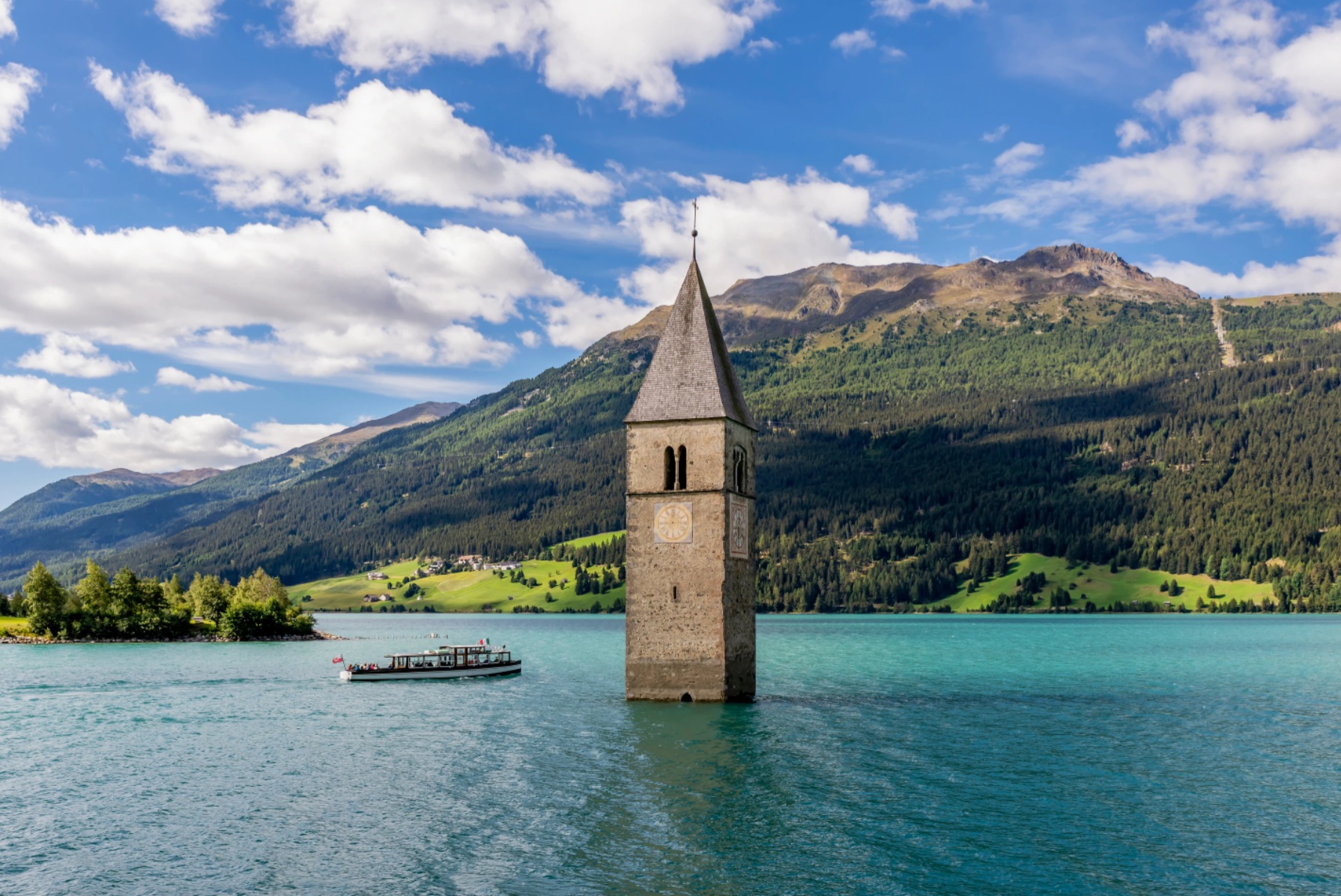
Craco, Matera, Italy
Perched atop a steep hill in southern Italy in the 8th century, the medieval village of Craco has been the victim of numerous disasters, including earthquakes, landslides, and devastating plagues. In 1991, a landslide forced the evacuation of all remaining residents of Craco, leaving the site deserted, uninhabited but accessible to tourists.
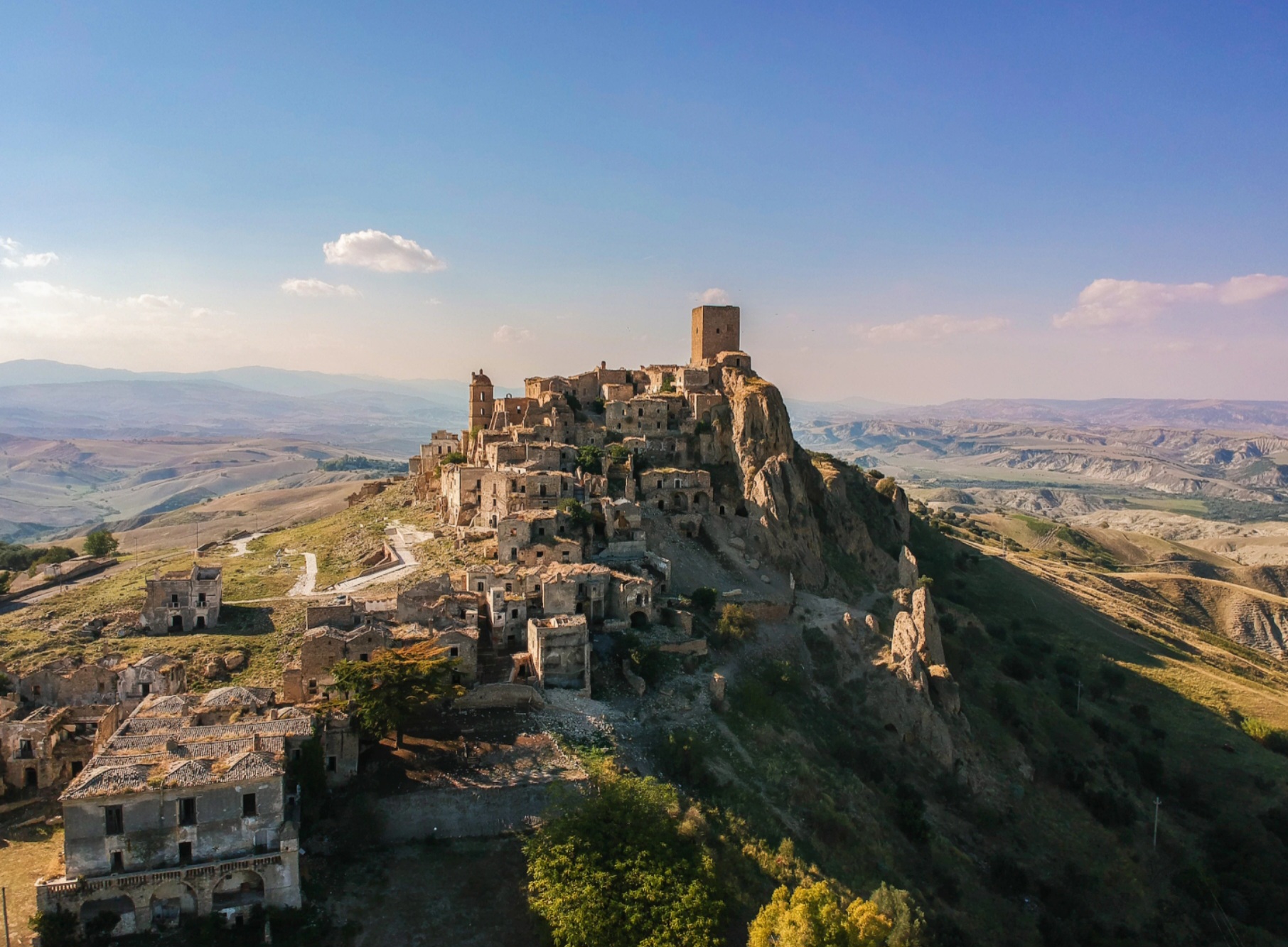
Salina Turda Salt Mine, Turda, Romania
This massive medieval mine in Transylvania produced table salt in its hollow underground chamber for hundreds of years until the early 20th century. Since 1932, the mine has been used for a variety of purposes, including as a cheese storage facility and a bomb shelter during World War II. In 1992, Salina Turda was repurposed again – this time as both a salt mining museum and an underground amusement park.
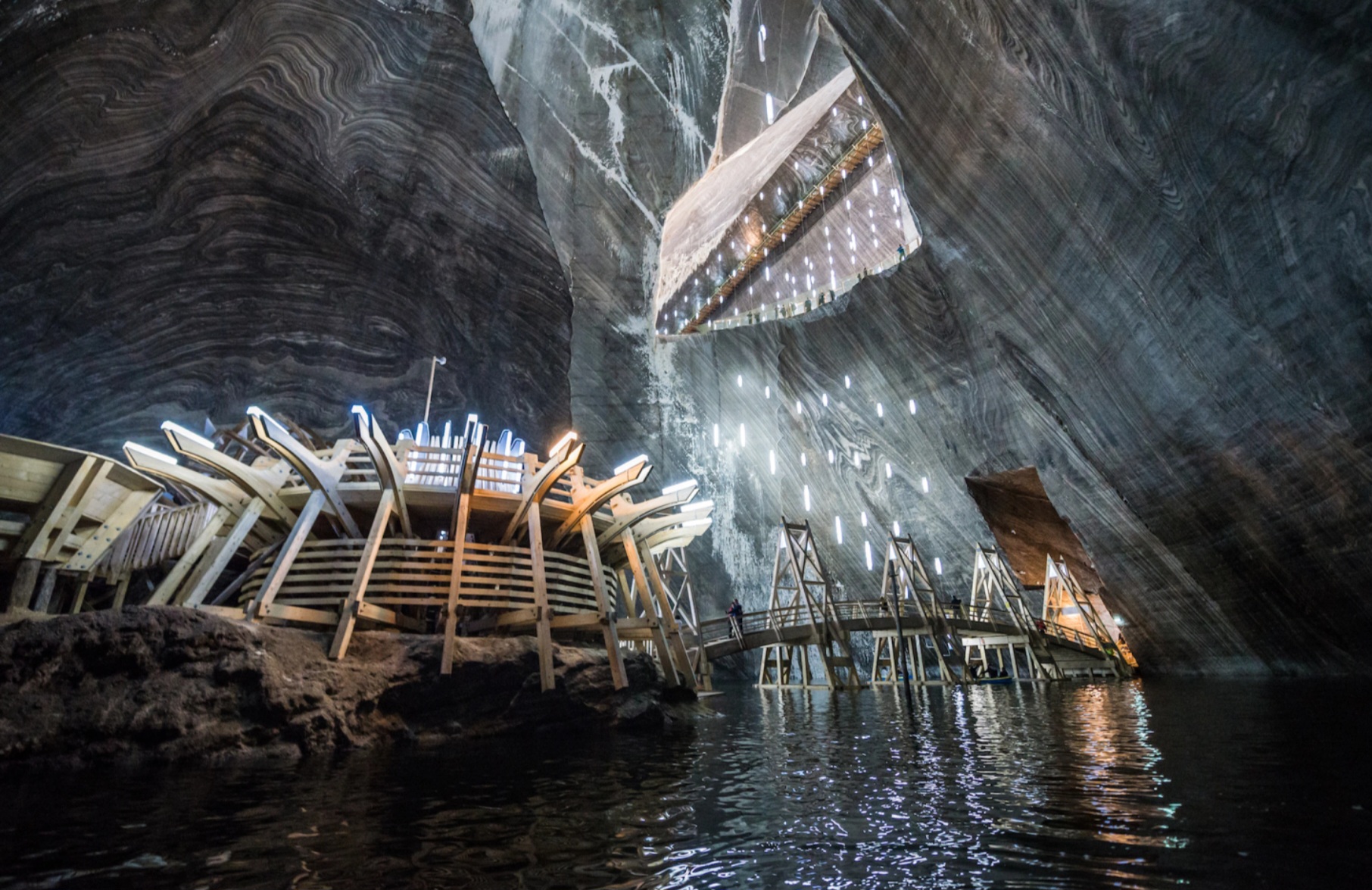
Maunsell Sea Forts in England
These “alien invaders” in the middle of the Thames Estuary are the Maunsell Sea Forts, part of a network of anti-aircraft towers built to protect Britain during World War II. Each fort consisted of seven stilt houses centered around a main command tower. All were decommissioned in the 1960s, and only two clusters of forts – Redsands and Shivering Sands – remain.
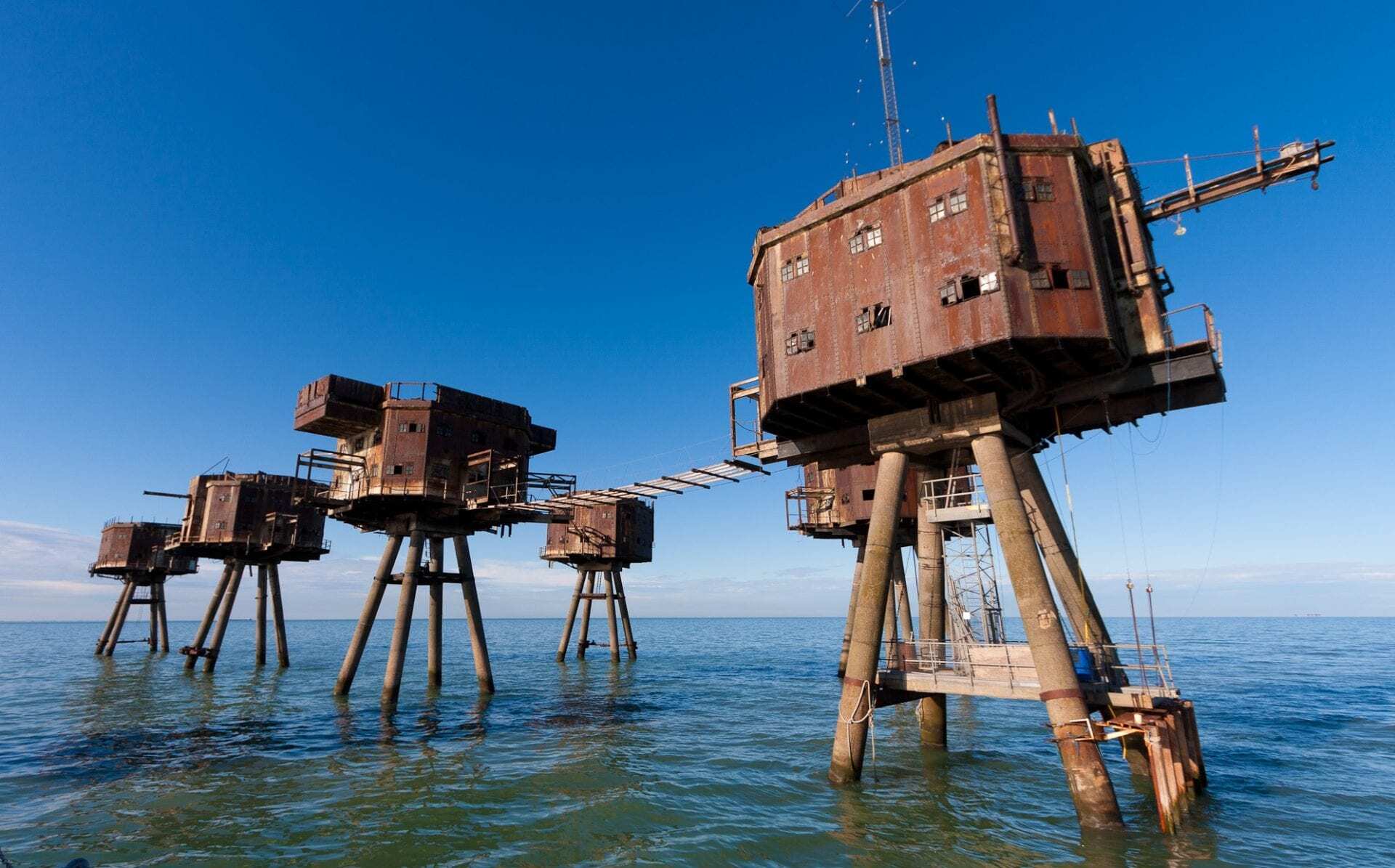
Kolmanskop, Namib Desert, Namibia
Set in the barren Namib Desert, Kolmanskop was established as a German diamond mining settlement in the early 1900s. However, after World War I, the area’s once-rich diamond mines began to dry up and operations eventually ceased. By the late 1950s, the German colonists had completely abandoned the town, leaving the homes to be swallowed up by the southern Namibian sands.

City Methodist Church, Gary, Indiana
Originally built in 1926 with money donated by the United States Steel Corporation, this Indiana church is a nine-story Gothic structure with towering stone columns and stained-glass windows. In its heyday, the City Methodist Church served nearly 2,000 people, but as the state’s steel industry declined and Gary’s population dwindled, the congregation closed in 1975.
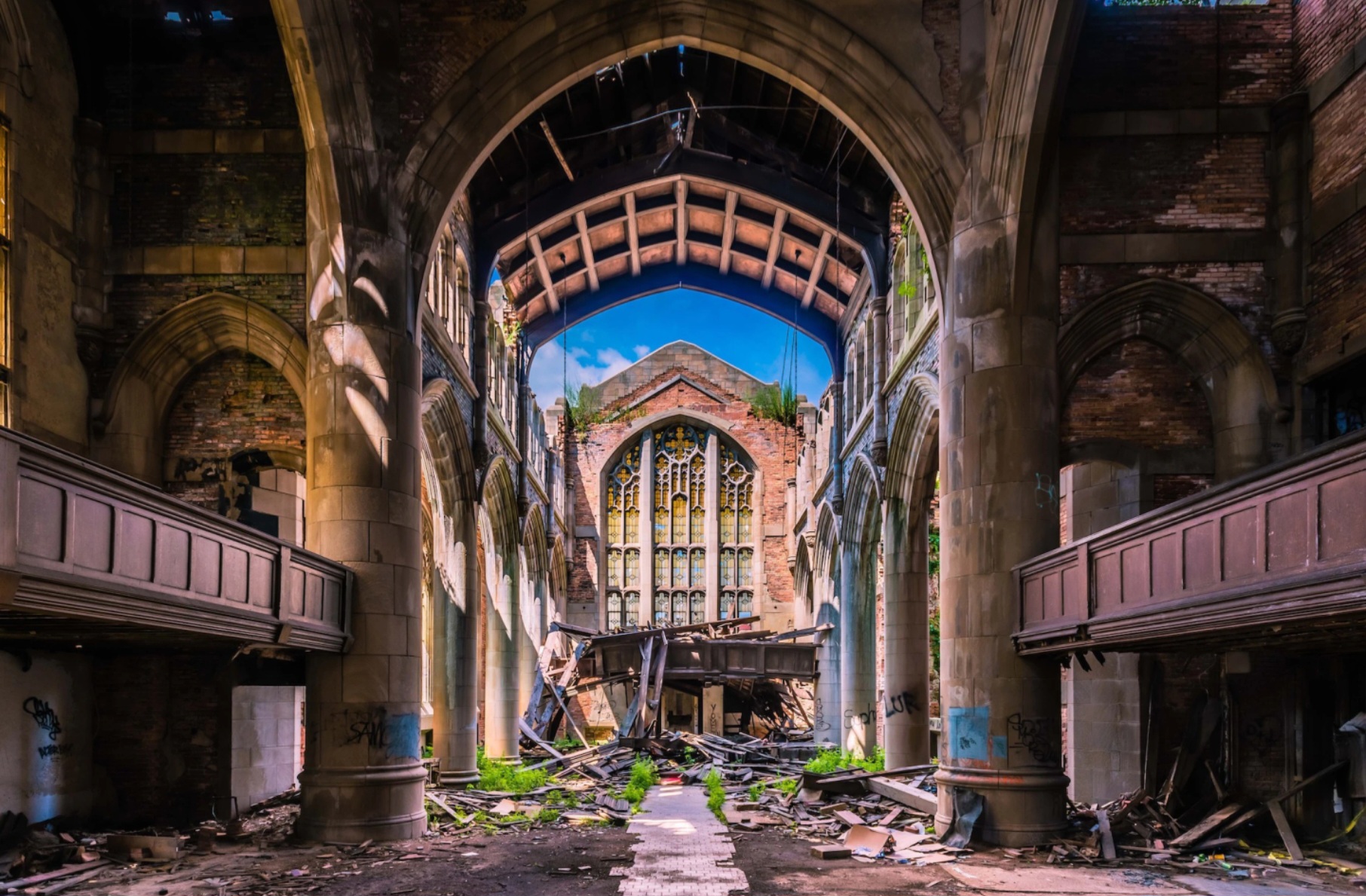
City Hall Subway Station, New York
New York’s first subway station – beneath City Hall in 1904 – featured vaulted ceilings, intricate tilework and elegant chandeliers. The grand platform served passengers until 1945 but was closed after most New Yorkers eventually opted to use nearby rail stations with more efficient express lines.
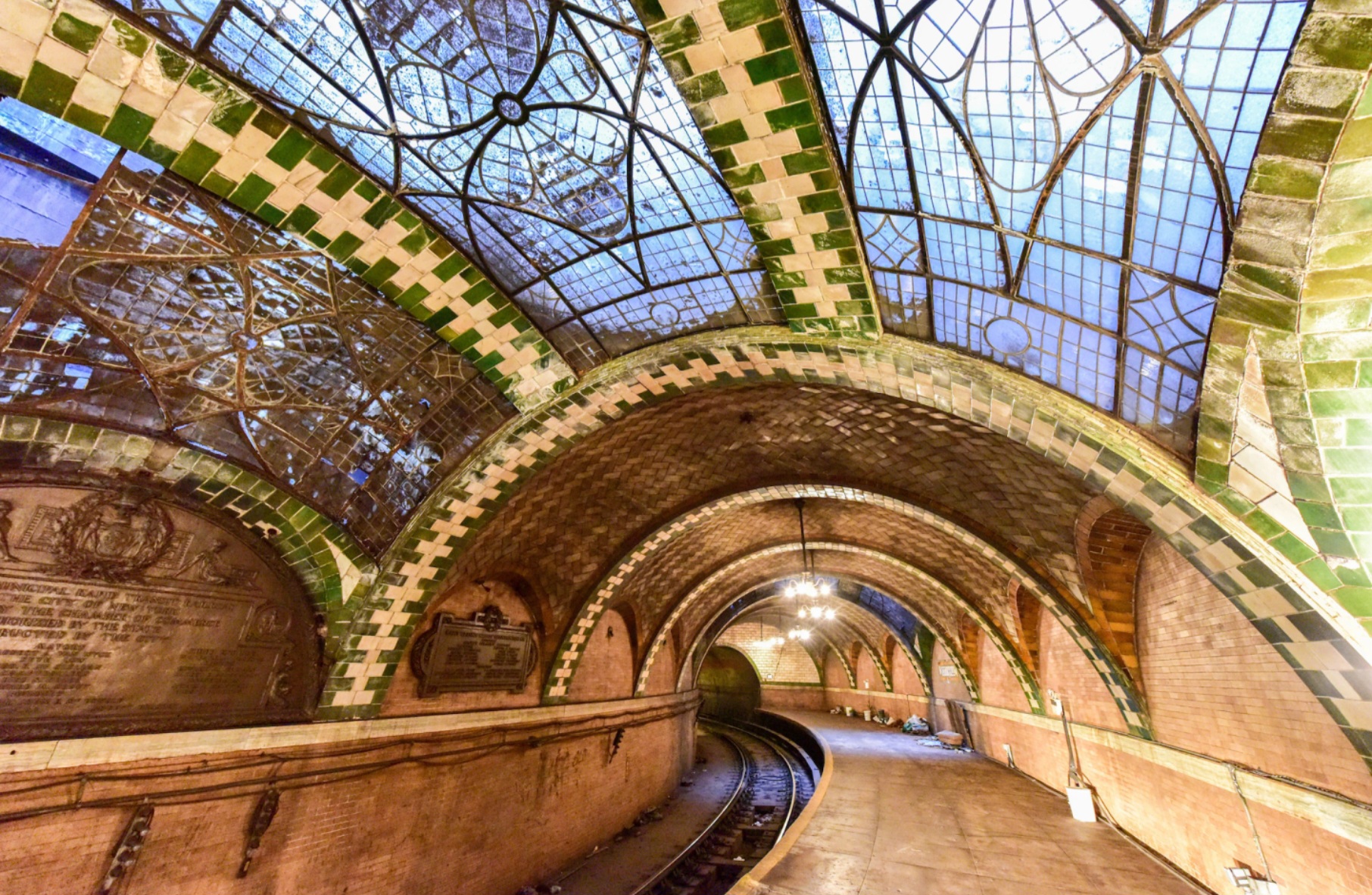
Train Graveyard, Uyuni, Bolivia
Located in the Andean plains of southwestern Bolivia, Uyuni is famous for its proximity to the world’s largest salt flat, Salar de Uyuni. But the area is also home to another unique attraction: a “train graveyard” littered with abandoned 19th-century locomotives, with more than 100 rusting carriages.

Wreck of the SS Ayrfield, Sydney, Australia
During the 20th century, Sydney's Homebush Bay served as an industrial port and was home to many ships transporting coal and oil. But as the area's industrial activity declined towards the end of the century, the bay became a home to decommissioned ships. Pictured is the wreck of the SS Ayrfield, built in 1911 and carrying supplies for the US military in the Pacific during World War II.
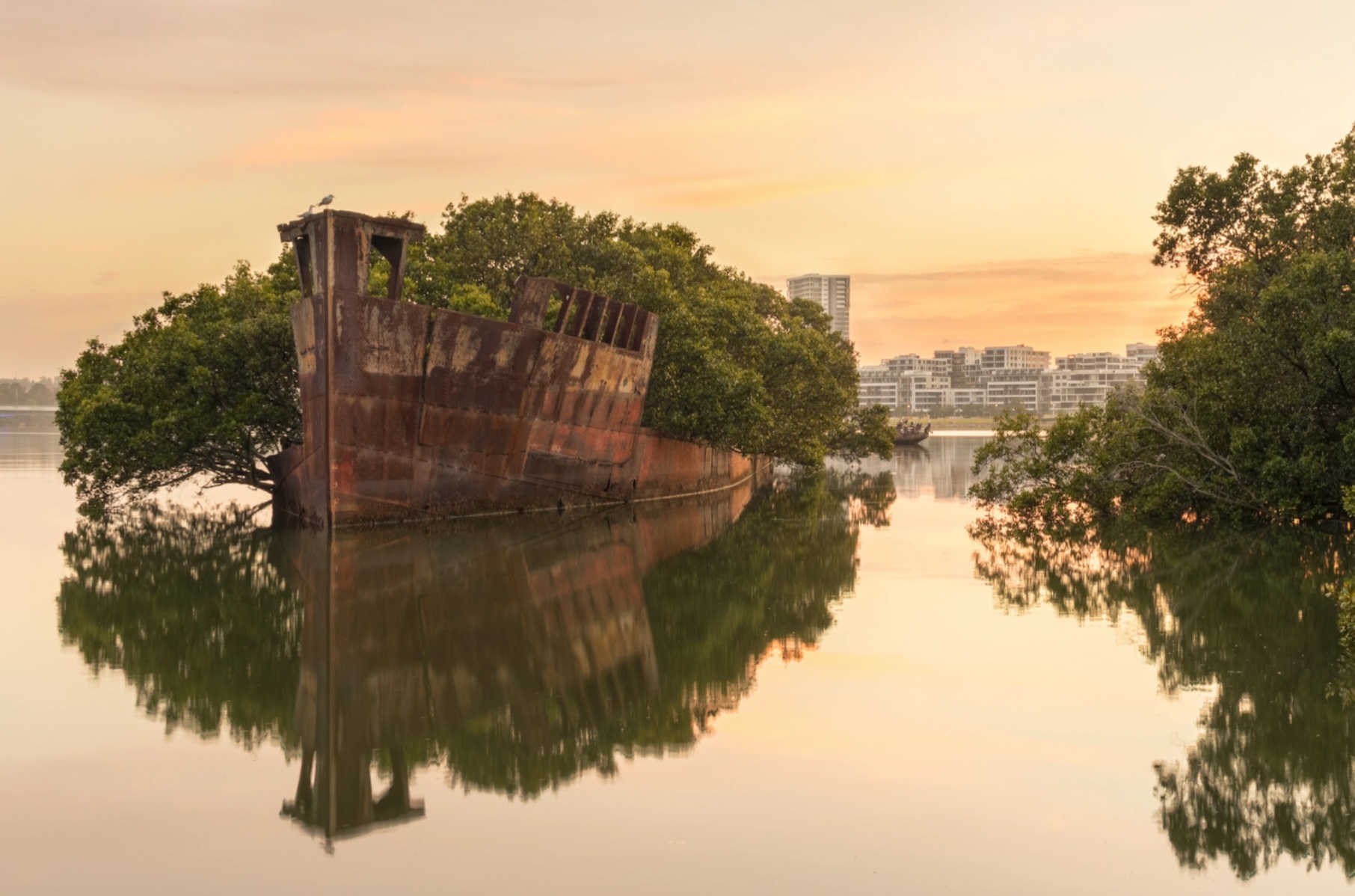
Hashima Island, Nagasaki, Japan
Also known as Gunkanjima (meaning Battleship Island, due to its resemblance to a Japanese warship), Hashima Island in Japan’s Nagasaki Prefecture was once a densely populated area for undersea coal mining. It operated as a lucrative coal mining base from 1887 until 1974 when its coal resources ran out, after which Hashima’s population quickly left the island. The concrete “ghost island” was designated a UNESCO World Heritage Site in 2015.
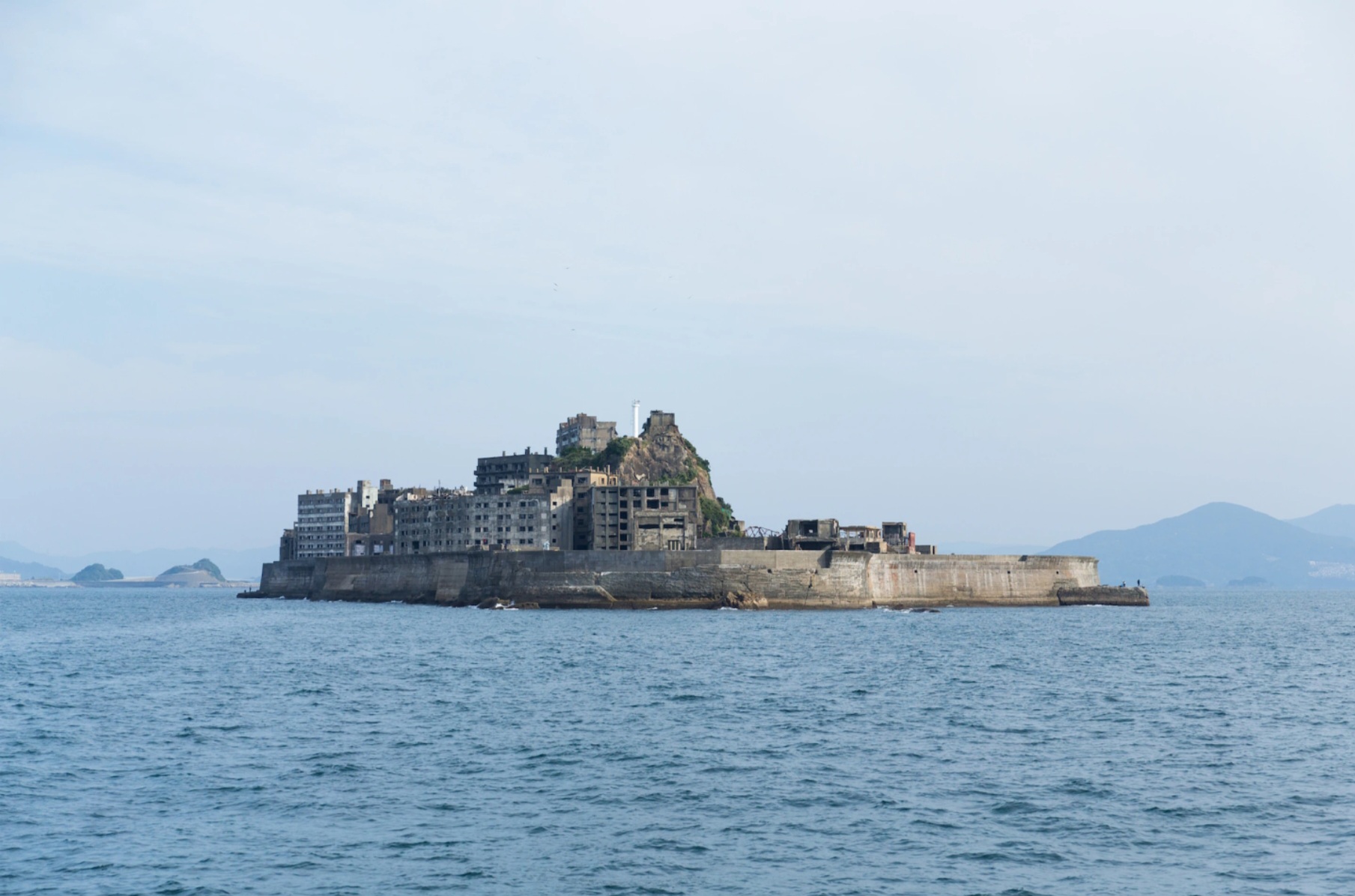
Thuy Tien Lake Water Park, Hue , Vietnam
A lifeless amphitheater. Long-abandoned water slides. A three-story dragon stained with time. There was much to enjoy at the abandoned Thuy Tien Lake water park and marine life center in Hue. The park opened to great fanfare in 2004 but closed within a few years due to financial difficulties.
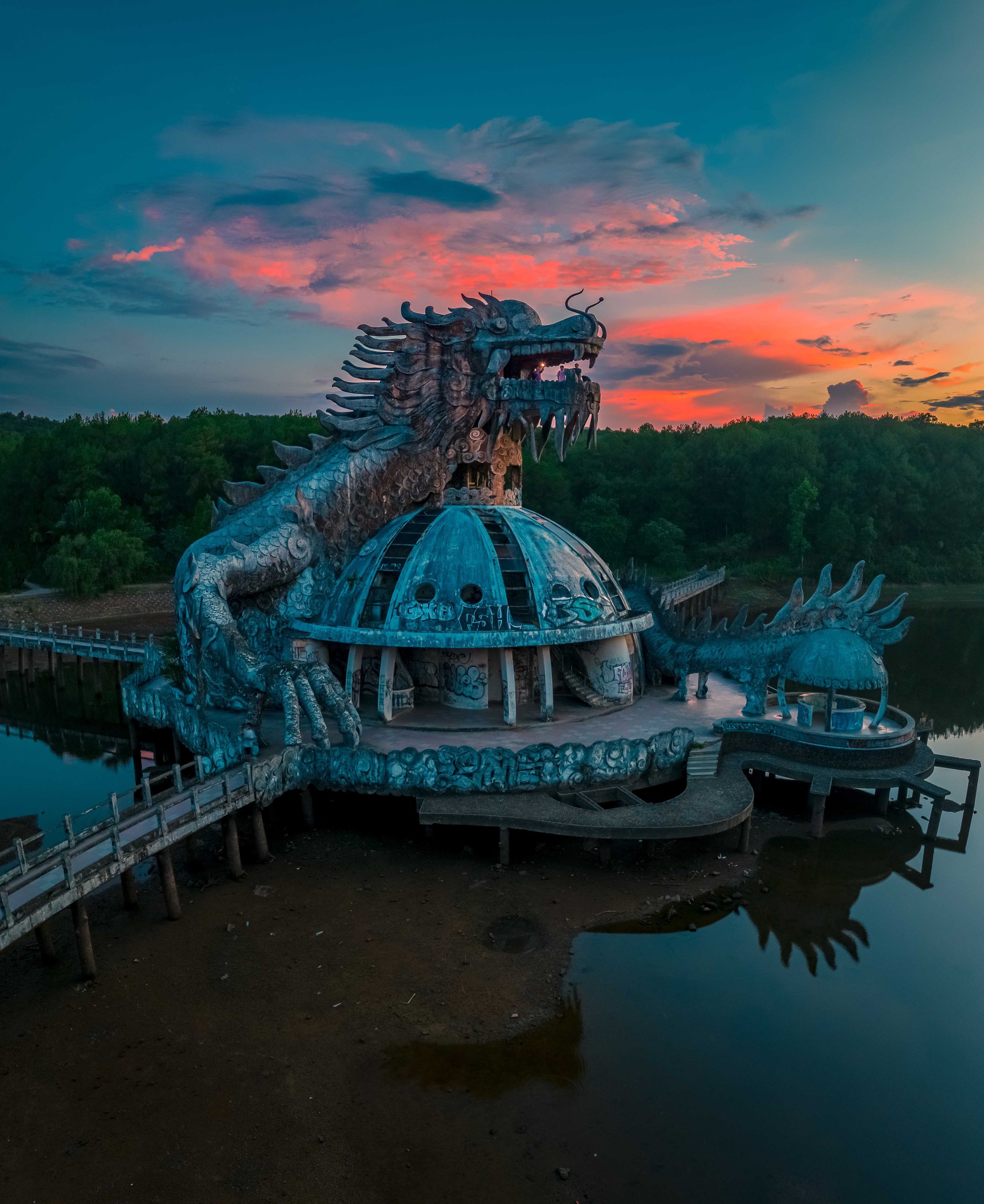
The dragon is the highlight of the park, where ghostly photos have become famous online and international tourists flock to it. Local authorities had planned to demolish the dragon and renovate the park, but recently postponed the plan, leaving the landscape for visitors to freely admire.




![[Photo] Prime Minister Pham Minh Chinh chaired a meeting to evaluate the operation of the two-level local government model.](https://vphoto.vietnam.vn/thumb/1200x675/vietnam/resource/IMAGE/2025/10/29/1761751710674_dsc-7999-jpg.webp)
![[Photo] Hue: Inside the kitchen that donates thousands of meals a day to people in flooded areas](https://vphoto.vietnam.vn/thumb/1200x675/vietnam/resource/IMAGE/2025/10/29/1761738508516_bepcomhue-jpg.webp)
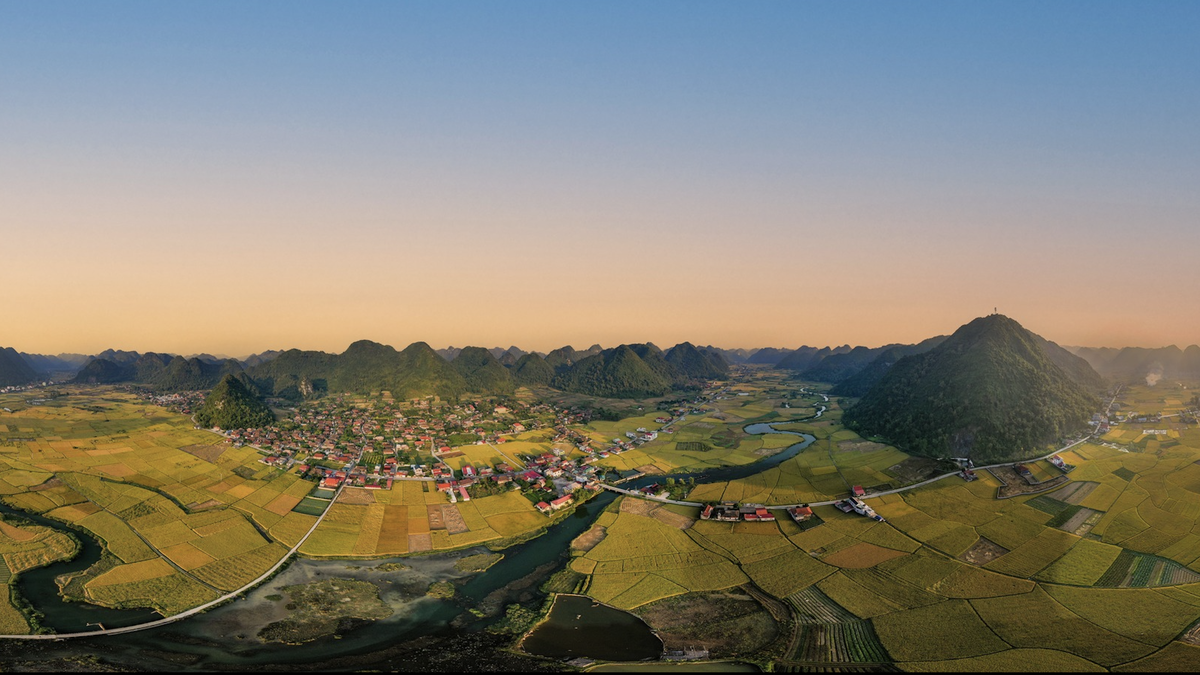
![[Photo] Human love in the flood in Hue](https://vphoto.vietnam.vn/thumb/1200x675/vietnam/resource/IMAGE/2025/10/29/1761740905727_4125427122470875256-2-jpg.webp)


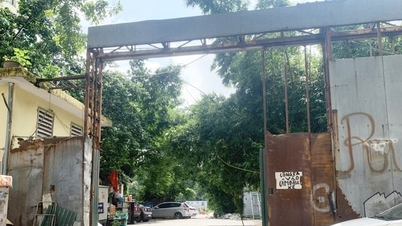










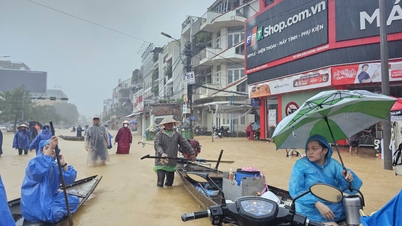
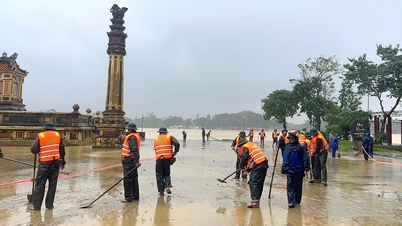










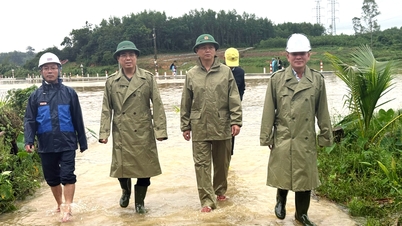

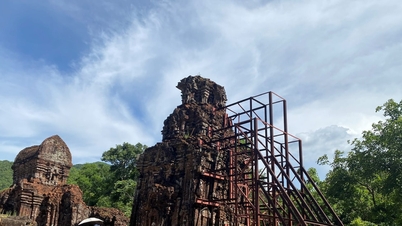



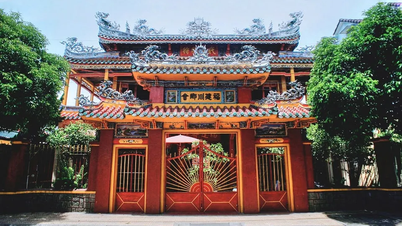

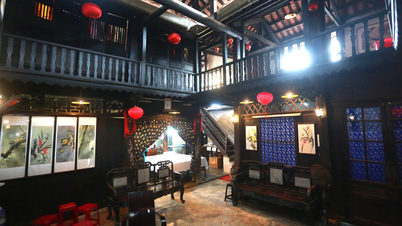





































![[Live] Concert Ha Long 2025: "Heritage Spirit - Brightening the Future"](https://vphoto.vietnam.vn/thumb/402x226/vietnam/resource/IMAGE/2025/10/29/1761743605124_g-anh-sang-am-thanh-hoanh-trang-cua-chuong-trinh-mang-den-trai-nghiem-dang-nho-cho-du-khach-22450328-17617424836781829598445-93-0-733-1024-crop-1761742492749383512980.jpeg)



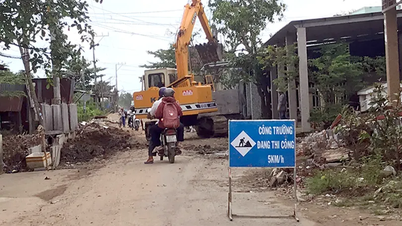





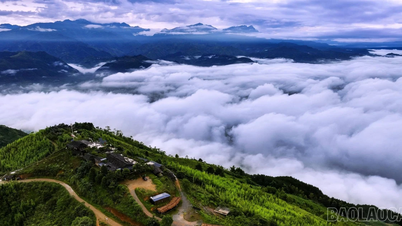













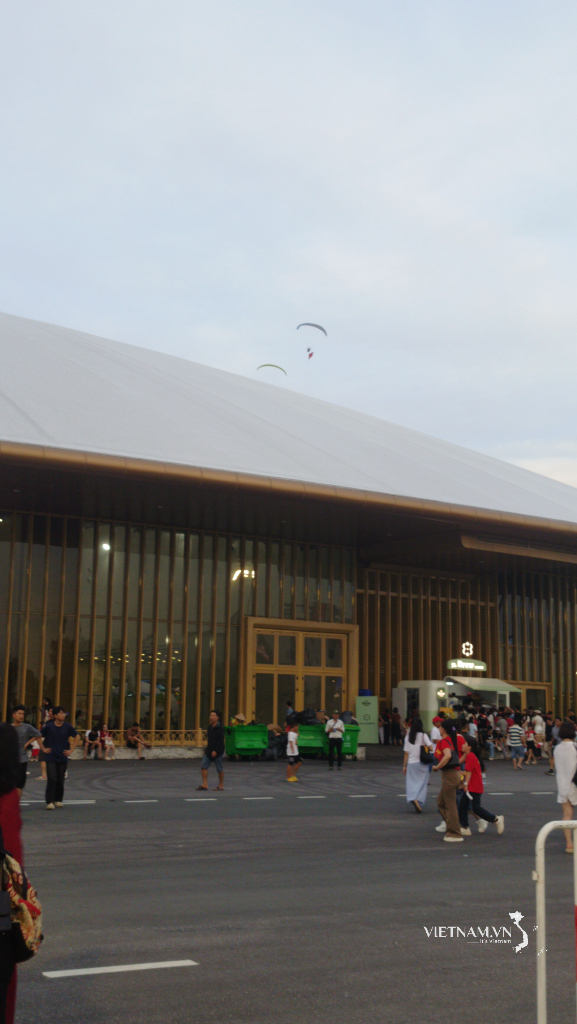


Comment (0)